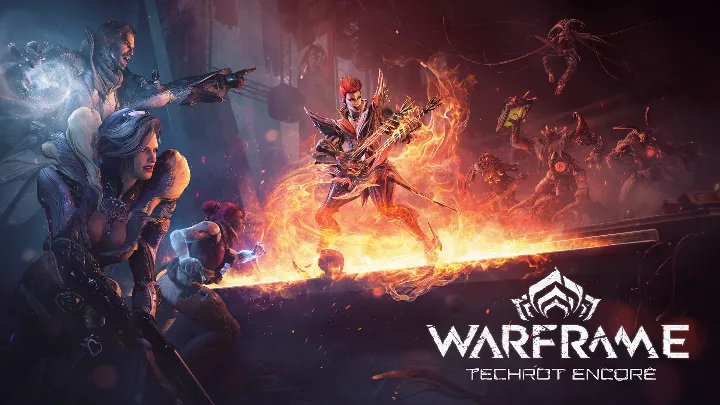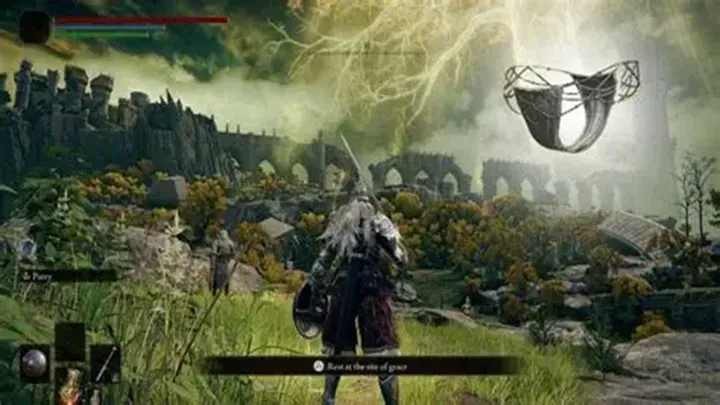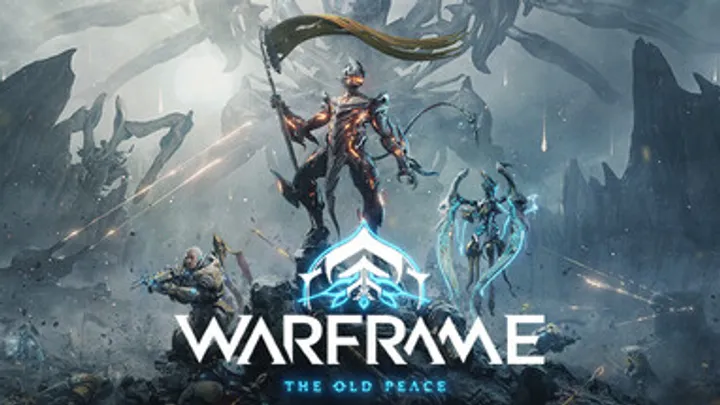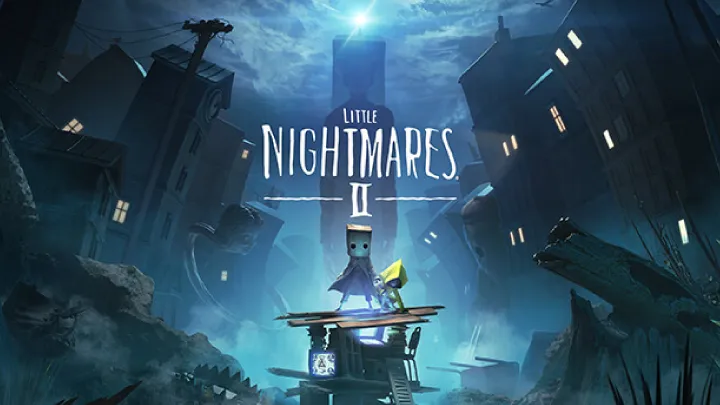
Warframe: An Evolutionary Masterpiece of Free-to-Play Action Games
A deep analytical breakdown of Warframe, examining its high-speed combat, parkour-driven gameplay, rich lore, continuous updates, and long-term impact on the free-to-play action genre.
December 26, 2025
How to Play Slay the Spire Effectively: Build Smart Decks, Manage Resources, and Win More Runs
Learn how to play Slay the Spire effectively by building focused decks, managing health and relics wisely, understanding enemy intent, planning map routes, and making disciplined decisions to achieve more consistent and successful runs.
December 26, 2025
How to Play Stardew Valley Effectively: Manage Time, Build Smart, and Grow a Profitable Farm
Learn how to play Stardew Valley effectively by managing time wisely, choosing profitable crops, upgrading tools strategically, planning your farm layout, and investing in long-term growth to build a successful and sustainable farm.
December 26, 2025
The Pandora Masterpiece: Redefining Open-World Excellence in Avatar: Frontiers of Pandora
Avatar: Frontiers of Pandora is a visual and technical triumph. It seamlessly blends breathtaking immersion with refined mechanics, offering a definitive journey into James Cameron’s iconic universe.
December 26, 2025
Ultimate ELDEN RING Tips & Guides for Combat, Builds, and Boss Fights
ELDEN RING tips and guides covering combat fundamentals, build planning, exploration strategy, resource management, and boss fight tactics. Learn how to progress smoothly from early game to late game and master the Lands Between.
December 26, 2025
Editor Choice

Genshin Impact
Genshin Impact is an open-world RPG where you explore Teyvat, master elemental combat, and uncover the story of the Traveler across seven diverse nations.
Poppy Playtime - Chapter 3
Poppy Playtime – Chapter 3: Deep Sleep represents a major step forward for the series.
Merge Fellas
Merge Fellas delivers a charming merge puzzle adventure with its creative gameplay and mode diversity, celebrating the joy of combining characters.
Destiny 2
Destiny 2 is a game that has grown and evolved since its initial release, offering players a vast universe filled with engaging gameplay, rich lore, and a vibrant community.
Dispatch
Dispatch is a unique superhero workplace comedy game developed and published by AdHoc Studio, set to release on October 22, 2025. Players step into the shoes of Robert Robertson, known as Mecha Man, who finds himself managing a team of ex-supervillains at a superhero dispatch center after his mech-suit is destroyed in battle.
Most Popular
News

Metaphor: ReFantazio – When Class Choice Becomes Ideology
Metaphor: ReFantazio turns class choice into ideology, binding combat mechanics to identity, belief, and narrative consequence.
December 25, 2025
Lastest Reviews

The Jackbox Party Pack 11 – When Social Pressure Becomes the Real Game
December 25, 2025
Read more

League of Legends: Wild Rift – Complete Tips & Guides to Master Lanes, Champions, and Ranked Play
December 25, 2025
Read more

Whiskerwood – When Cute Aesthetics Mask the Weight of Colony Survival
December 25, 2025
Read more

Arma Reforger – Complete Tips & Guides for Tactical Survival, Teamplay, and Realistic Combat
December 25, 2025
Read more

















